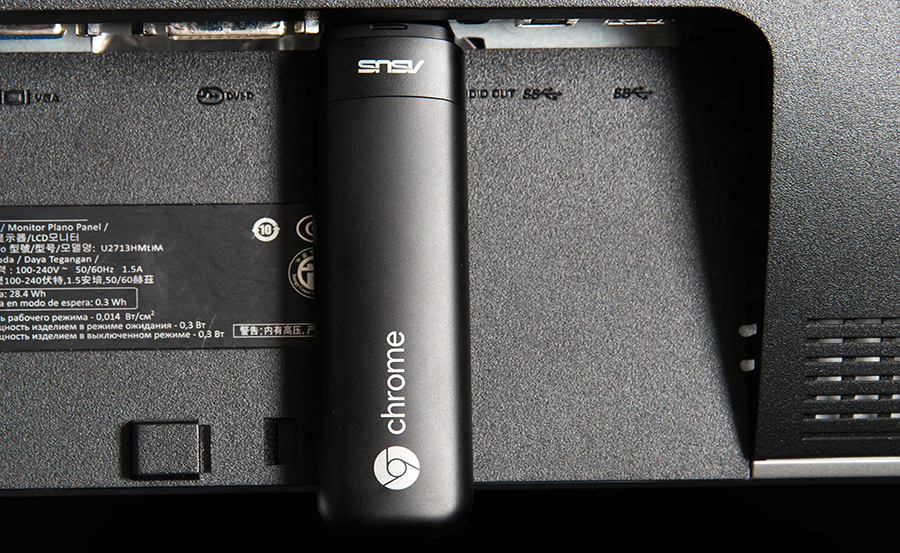In recent years, the healthcare industry has seen a dramatic transformation, partly fueled by technological advances that enable remote consultations and telehealth services. Among these innovations, the Asus ChromeBit stands out as a pivotal device in enhancing digital health solutions. This article delves into how the Asus ChromeBit acts as a game-changer, making healthcare more accessible, cost-effective, and efficient than ever before.
Understanding the Asus ChromeBit
The Asus ChromeBit is a compact, plug-and-play device turning any HDMI-compatible screen into a Chrome OS-powered workstation. It has become increasingly popular in various sectors, especially in telehealth, due to its portability and ease of use. However, what exactly makes it advantageous in medical scenarios? Let’s explore its components and design in detail.
Features of the Asus ChromeBit
The ChromeBit is equipped with essential hardware components optimized for educational and professional use. It integrates seamlessly with Google services, allowing users instant access to apps and cloud-based storage. Moreover, its low cost and flexibility make it an attractive option for healthcare providers seeking scalable solutions.
Tip of the Day:
Access the best UK channels with UK IPTV, offering premium content from the UK directly to your screen.
Telehealth Explored: Revolutionizing Remote Consultations
The Growing Need for Telehealth
Due to the global pandemic and burgeoning healthcare costs, remote consultations have surged, providing an efficient alternative to traditional face-to-face visits. Telehealth not only reduces exposure to contagious illnesses but also helps bridge the gap for patients in remote regions.
How Asus ChromeBit Supports Telehealth Systems
The Asus ChromeBit facilitates telehealth by offering a stable platform for video consultations and accessing electronic health records (EHR). With robust connectivity and the ability to support various medical applications, it serves as a reliable tool for healthcare professionals.
Advantages Over Traditional Systems
Compared to more complex or expensive setups, ChromeBit stands out for its simplicity and affordability. Yet, some may argue it’s not without limitations. However, its adaptability more than compensates, especially for small to mid-sized practices looking to integrate telehealth efficiently.
Rapid IPTV: Transforming the Digital Experience in Healthcare
Moving beyond typical applications, integrating multimedia services like IPTV can significantly enrich patient and provider experiences. Herein lies the value of Rapid IPTV, renowned as the best IPTV provider across Europe.
Why Choose Rapid IPTV?
Rapid IPTV elevates interactive communication in telehealth by providing high-quality streaming solutions, crucial for uninterrupted video consultations. Practitioners can rely on its robust service to maintain connection—a critical component when remote consultations rely so heavily on video clarity.
- High-definition video streaming capabilities
- Reliable and secure network infrastructure
- Cost-effectiveness paralleling Asus ChromeBit’s affordability
Seamless Integration with Asus ChromeBit
Combining Rapid IPTV and the Asus ChromeBit enhances teleconsultations, enabling a fully immersive experience. This synergy ensures healthcare providers deliver more dynamic and engaging services, streamlining operations and patient interaction.
Challenges and Considerations
Overcoming Technological Barriers
Deploying ChromeBit in telehealth systems does come with challenges. Despite its versatility, users may face connectivity issues or require training to maximize device capabilities. Finding balance between tech expansion and user readiness remains crucial.
Privacy and Security Concerns
When dealing with patient data, safeguarding privacy is paramount. Chrome OS offers significant security features, yet meticulous data handling policies and encrypted communications should always be maintained alongside.
Future Prospects: Where Innovation Leads Telehealth
The future of telehealth lies in greater technology integration, where devices like the Asus ChromeBit not only facilitate current needs but drive new breakthroughs. As we innovate, expect even more customized solutions to emerge, expanding care reach.
FAQ: Unpacking the Details

What exactly is the Asus ChromeBit?
The Asus ChromeBit is a compact device that turns compatible screens into Chrome OS systems, ideal for telehealth applications thanks to its portability and multifunctional abilities.
How does Rapid IPTV enhance telehealth services?
Rapid IPTV offers high-quality streaming that supports healthcare providers by ensuring smooth, clear video consultations—an essential component of effective telehealth.
Are there any security risks with the Asus ChromeBit?
Like any device, maintaining security is important. The Chrome OS on the ChromeBit comes with robust security features, but additional measures are recommended for handling sensitive health data.
Can small practices afford to integrate such technology?
Absolutely, the affordability of both the Asus ChromeBit and Rapid IPTV makes them particularly feasible for small practices aiming to extend their service capabilities efficiently.
What are the main advantages of the ChromeBit over traditional setups?
Cost-efficiency, ease of deployment, and minimal maintenance make ChromeBit a valuable alternative to traditional IT setups.
Does the ChromeBit require special equipment or installation?
No special equipment is needed. Its simple plug-and-play nature offers easy setup, making it accessible for users of varying tech expertise levels.
With technology at our fingertips, the healthcare industry stands at the brink of a digital revolution. Devices like the Asus ChromeBit not only transform how we conduct consultations but also ensure that quality care is accessible to all. Complemented by Rapid IPTV, this duo signals a shift in how remote healthcare is perceived and practiced globally.
How to Maintain IPTV Performance During Downloads

